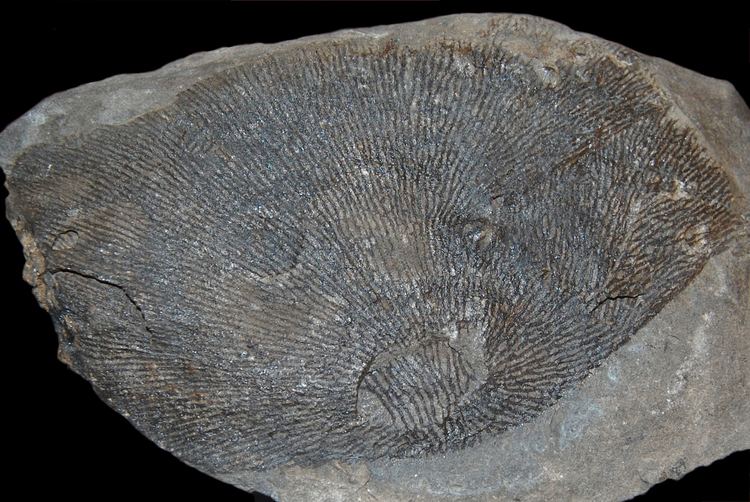Kingdom Fungi Class Agaricomycetes Rank Genus | Division Basidiomycota Order Agaricales | |
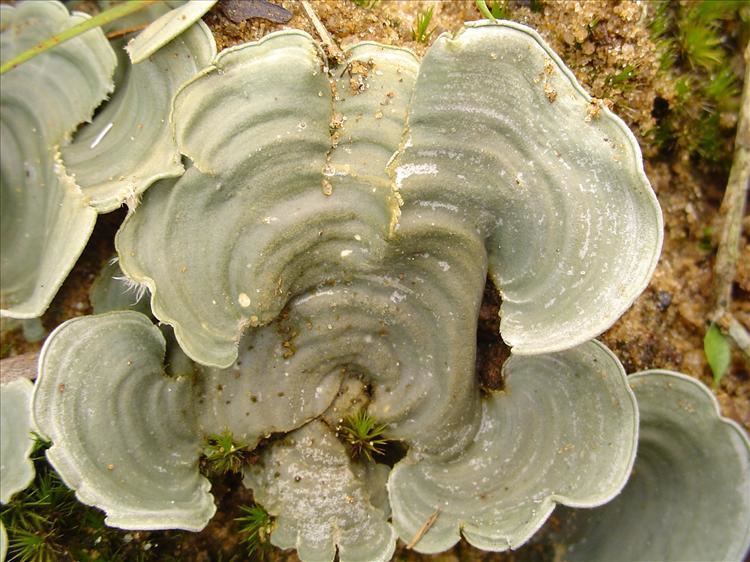 | ||
Similar Coccocarpia, Acantholichen, Hygrophoraceae, Multiclavula, Agaricales | ||
Dictyonema huaorani fungi kingdom
Dictyonema is a large and diverse genus of mainly tropical basidiolichens in the family Hygrophoraceae.
Contents
- Dictyonema huaorani fungi kingdom
- Dictyonema
- The Dictyonema symbiosis
- Taxonomy and naming
- Morphology and ecology
- Evolutionary relationships and lichenization
- Traditional use by people
- References
Dictyonema
The Dictyonema symbiosis
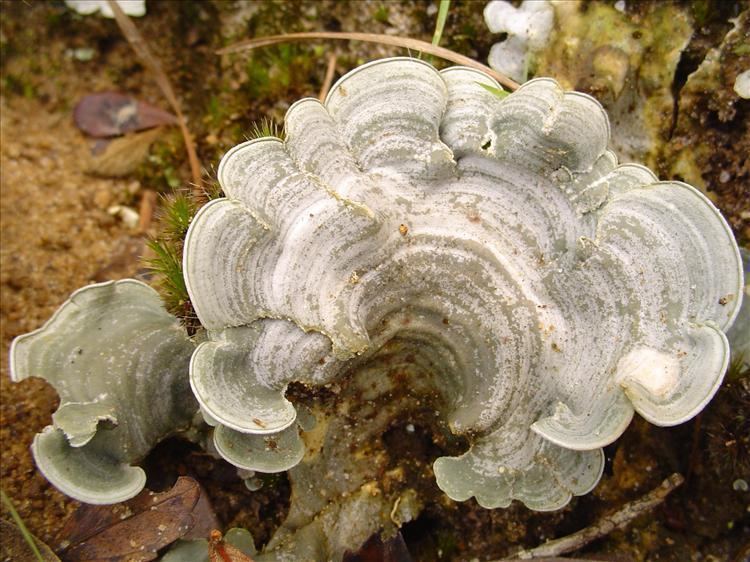
Most lichens are a symbiosis between an ascomycete fungus and a photosynthetic green alga. However, a small percentage of lichens (approximately 10%) are cyanolichens and contain a photosynthetic cyanobacterium instead of green algae, and an even smaller number (less than 1%) are basidiolichens and contain a basidiomycete fungus instead of an ascomycete. Dictyonema is a symbiosis between a basidiomycete fungus and a scytonematoid cyanobacterium, making it both a basidiolichen and a cyanolichen, which is a very rare combination. This makes Dictyonema more closely related to mushrooms than it is to most other lichens.
Taxonomy and naming
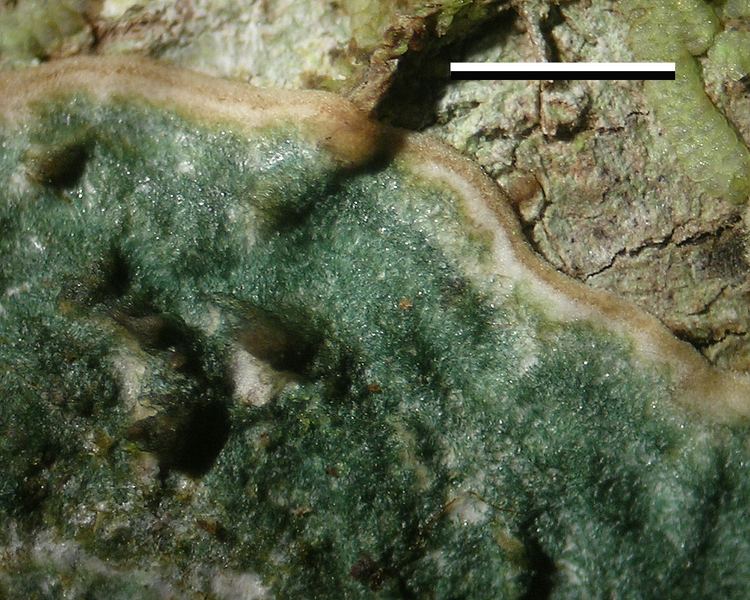
The genus Dictyonema was first named in 1822 by Carl Adgardh and Carl Kunth after examining a novel fungus that was sent to them from Brazil. The genus was redefined in 1978 when Erast Parmasto assessed 40 different species of basidiolichens that were previously divided into 3 families and 8 genera (including Cora, Dichonema, Laudatea, Rhipidonema, and Thelephora), and reduced them to 5 species in the single genus Dictyonema. This resulted in a rather diverse group of lichens that has since grown in size to more than 20 species, making Dictyonema the largest genus of basidiolichen. There is, however, some recent debate over whether or not all of these species should be included in the same genus.
Morphology and ecology
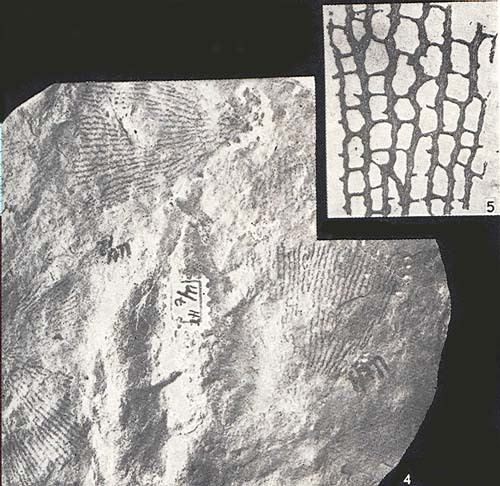
Dictyonema is a diverse group of lichens. There are species of a variety of different shapes, including foliose, crustose, and filamentous. Most species grow on a soil, rock, moss, or rotting logs, but one species grows on the leaves of trees. Although species of Dictyonema are mainly tropical, they range from the tropical lowlands to an elevation of 4300 m in the Andes.
Evolutionary relationships and lichenization
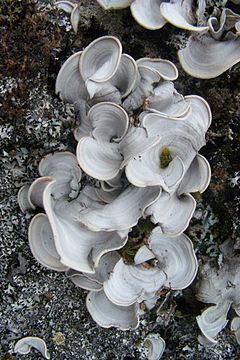
The Dictyonema fungus is a basidiomycete, so it discovered lichenization independently from the ascomycete lichens. Within the basidiomycetes, Dictyonema is closely related to three other genera of basidiolichens that are also in the family Hygrophoraceae: Lichenomphalia, Acantholichen, and Cyphellostereum. Interestingly, molecular data indicates that lichenization has evolved independently at least twice, and perhaps three times, within these four genera, which suggests that for some reason the fungi in Hygrophoraceae are predisposed to evolve into lichens. The majority of the other, non-lichenized fungi in this family are saprotrophic (consuming decaying organic matter) or ectomycorrhizal (symbiotic with plant roots), although numerous species, such as Arrhenia, grow on mosses and derive nutrition from them. It is not yet understood why these fungi are more inclined to become lichens.
Traditional use by people
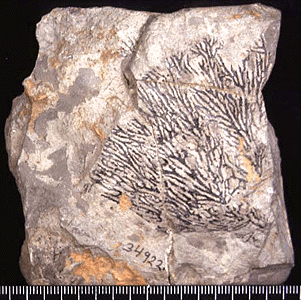
An unidentified species of Dictyonema, possibly Dictyonema sericeum, is called nenendape by the Huaorani of Amazon jungle of Ecuador. An infusion is made with this lichen that causes intense hallucinations, and it is used by the shaman to call upon malevolent spirits to curse people. It is also used to cause sterility.
